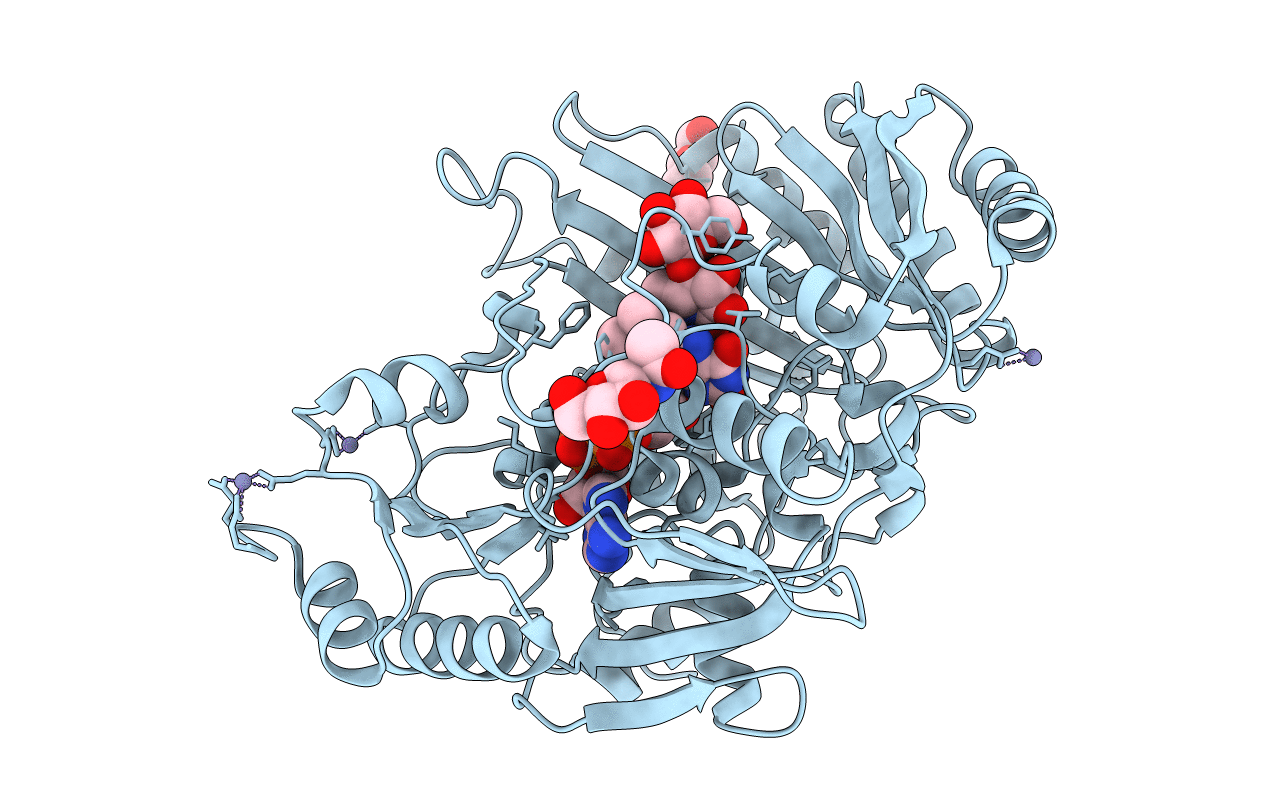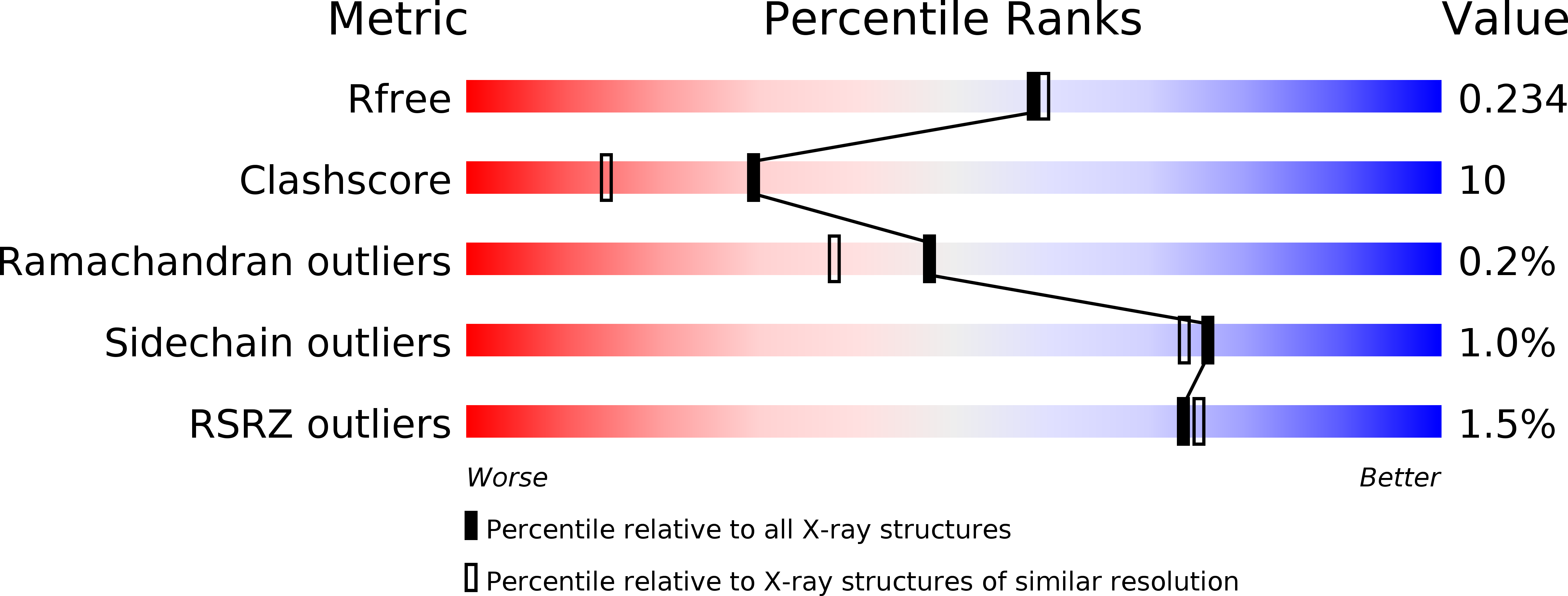
Deposition Date
2005-09-05
Release Date
2005-09-13
Last Version Date
2024-11-20
Entry Detail
PDB ID:
2AXR
Keywords:
Title:
Crystal structure of glucooligosaccharide oxidase from Acremonium strictum: a novel flavinylation of 6-S-cysteinyl, 8alpha-N1-histidyl FAD
Biological Source:
Source Organism:
Acremonium strictum (Taxon ID: 5046)
Host Organism:
Method Details:
Experimental Method:
Resolution:
1.98 Å
R-Value Free:
0.24
R-Value Work:
0.19
R-Value Observed:
0.20
Space Group:
P 21 21 21


